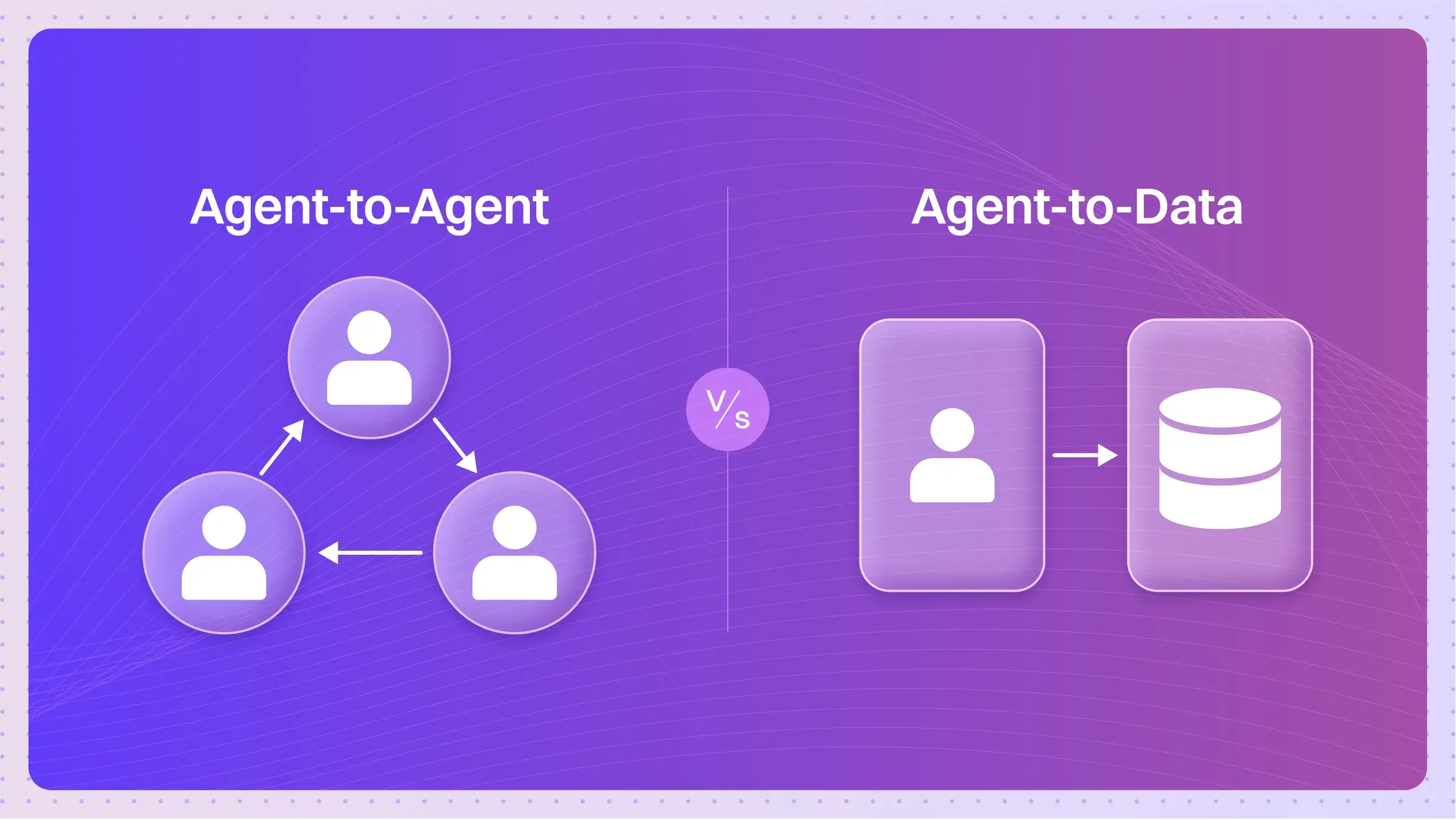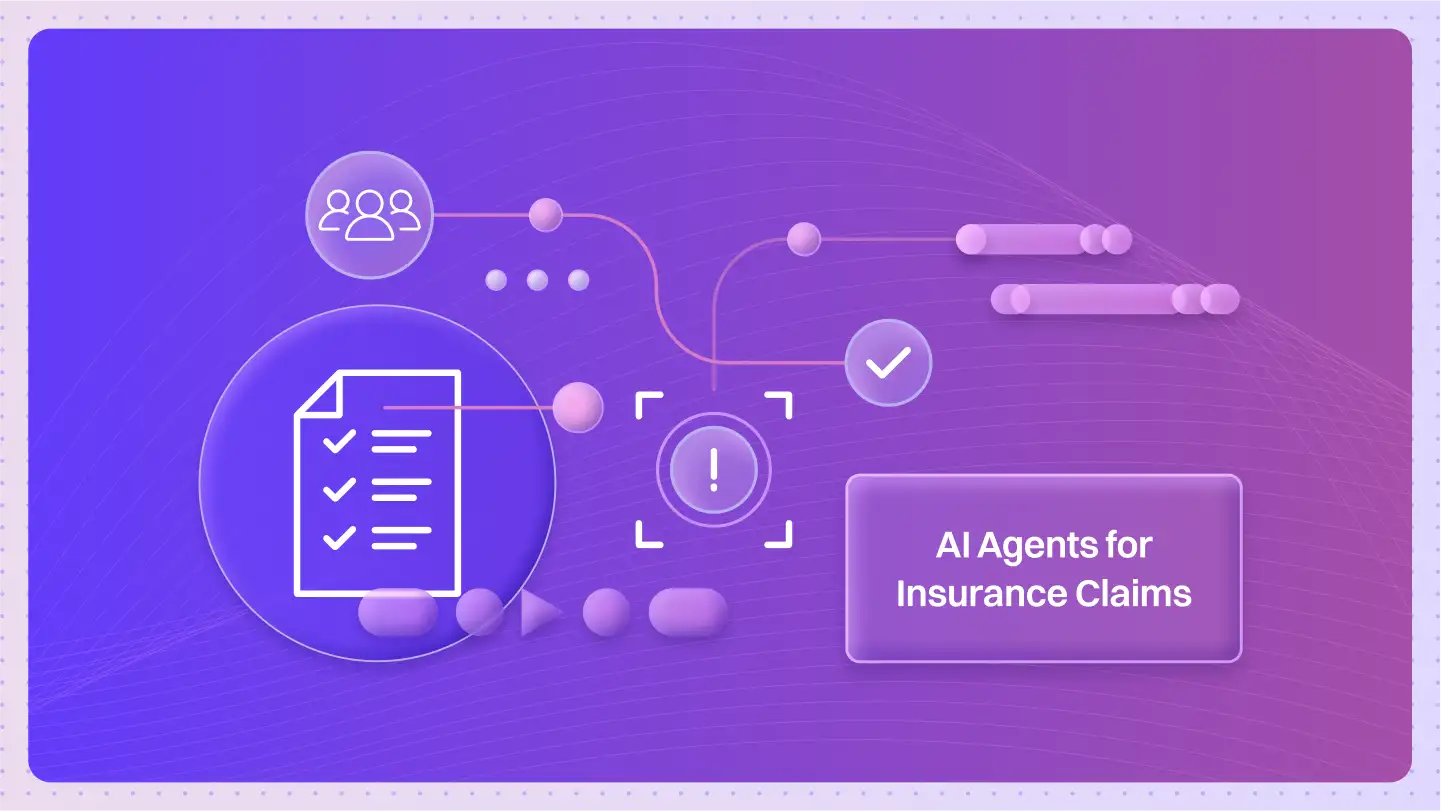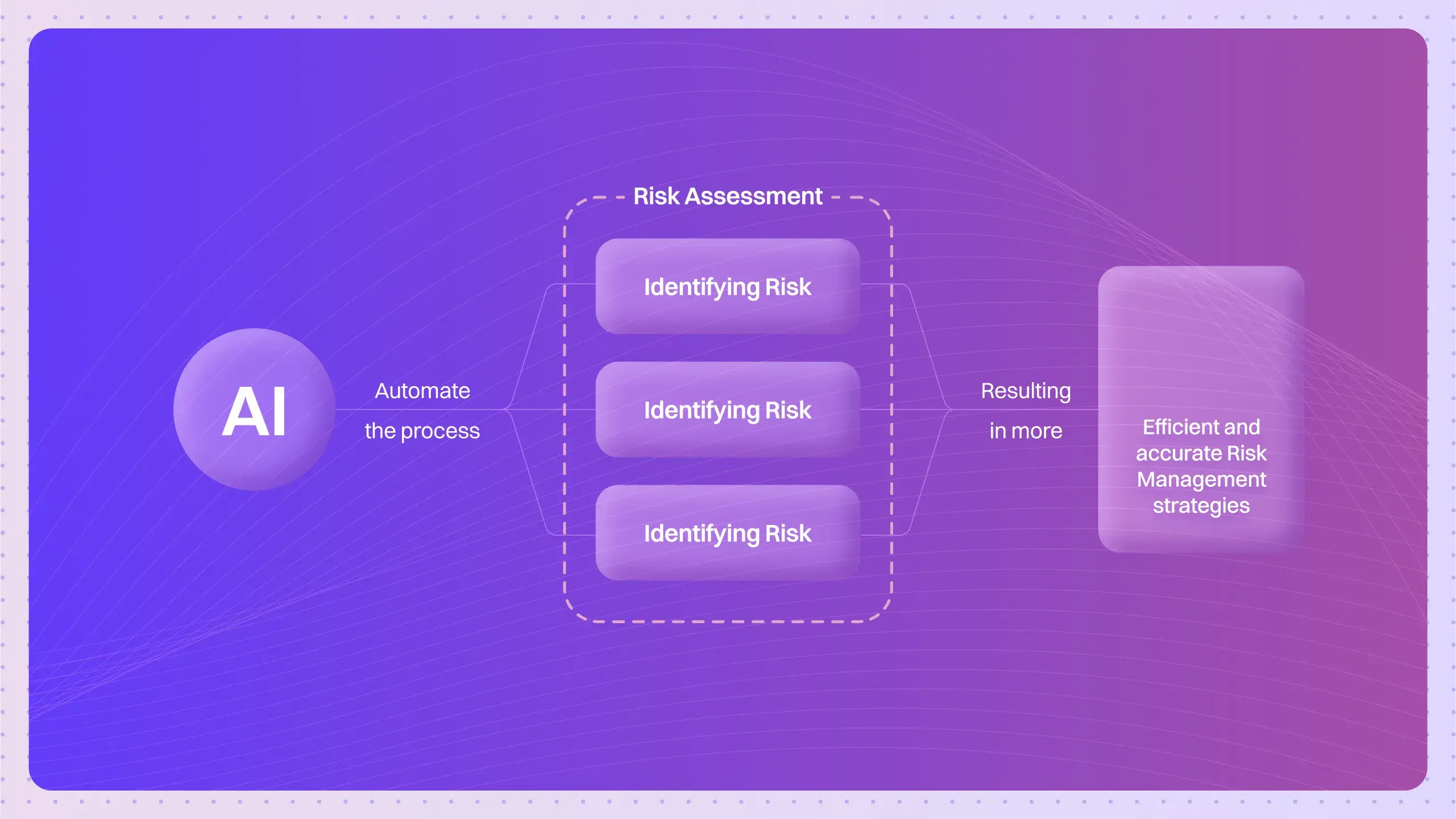What is ‘Automated Machine Learning’?
Automated Machine Learning (AutoML) refers to the process where tools automatically handle model training and selection, enhancing efficiency and providing quicker results. These tools simplify the machine learning workflow, making it accessible for users without extensive expertise, while key features include streamlined data preprocessing, model optimization, and evaluation.
How does the Automated Machine Learning concept operate?
Automated Machine Learning (AutoML) simplifies the process of applying machine learning by automating model training and selection. Here’s how it operates:
- Data Preparation: AutoML tools assist in cleaning and preprocessing data, ensuring quality inputs for model training.
- Model Selection: They evaluate various algorithms to determine the most suitable one for the specific dataset and problem.
- Hyperparameter Tuning: AutoML automates the tuning of hyperparameters, optimizing model performance without manual intervention.
- Ensemble Methods: Some AutoML solutions combine multiple models to improve accuracy through ensemble techniques.
- Performance Evaluation: AutoML tools assess model performance using cross-validation, ensuring robustness and reliability.
The benefits of using AutoML include quicker results, reduced need for in-depth expertise, and enhanced productivity. Key features of effective AutoML solutions encompass user-friendly interfaces, compatibility with various data types, and clear interpretability of models, making them accessible to data scientists, machine learning engineers, and AI developers alike.
Common uses and applications of Automated Machine Learning
Automated Machine Learning (AutoML) has revolutionized the way data scientists and AI developers approach model training and selection. By automating these processes, AutoML tools significantly enhance efficiency, allowing teams to focus on higher-level tasks. The benefits of using AutoML are numerous, enabling quicker results without sacrificing model quality. Here are some key applications:
- Predictive Analytics: AutoML can be used to develop predictive models that forecast future trends based on historical data.
- Image Recognition: Automating the training of models for image classification tasks in industries like healthcare and security.
- Natural Language Processing: Streamlining the creation of models for sentiment analysis, chatbots, and language translation.
- Time Series Forecasting: Enhancing accuracy in forecasting stock prices, demand planning, and resource allocation.
- Fraud Detection: Automating the identification of fraudulent transactions in finance and e-commerce sectors.
- Customer Segmentation: Utilizing AutoML to create effective models for understanding customer behavior and targeting marketing efforts.
What are the advantages of Automated Machine Learning?
Automated Machine Learning (AutoML) streamlines the process of model training and selection, making it easier for data scientists and machine learning engineers to achieve quicker results. Here are some key benefits of implementing AutoML:
- Increased Efficiency: AutoML automates repetitive tasks, significantly reducing the time spent on model development.
- Improved Accuracy: Advanced algorithms optimize model selection, leading to higher predictive performance.
- Accessibility: Enables non-experts to leverage machine learning without deep technical knowledge.
- Scalability: Facilitates the deployment of models across various applications and environments.
- Cost-Effective: Reduces the need for extensive resources and specialized personnel.
- Rapid Prototyping: Accelerates the process of testing and iterating on models.
Incorporating AutoML into your workflow can significantly enhance productivity and the quality of machine learning projects.
Are there any drawbacks or limitations associated with Automated Machine Learning?
While Automated Machine Learning (AutoML) offers many benefits, it also has limitations such as:
1. Potential loss of model interpretability.
2. Dependence on quality data for accurate results.
3. Limited customization options for advanced users.
These challenges can impact the effectiveness of the model, especially when deep insights and bespoke solutions are needed.
Can you provide real-life examples of Automated Machine Learning in action?
For example, AutoML is used by companies like Google and Uber to optimize various operations, including demand forecasting and customer segmentation. This demonstrates how AutoML can significantly reduce the time required for model development while maintaining high accuracy in predictions.
How does Automated Machine Learning compare to similar concepts or technologies?
Compared to traditional machine learning methods, Automated Machine Learning differs in its approach to model selection and training. While traditional methods require extensive manual tuning and expertise, AutoML automates these processes, making it more accessible for users with varying levels of experience.
What are the expected future trends for Automated Machine Learning?
In the future, Automated Machine Learning is expected to evolve by integrating advanced techniques like interpretability tools and transfer learning. These changes could lead to improved model transparency and adaptability across various domains, making it a valuable resource for both novice and expert data scientists.
What are the best practices for using Automated Machine Learning effectively?
To use Automated Machine Learning effectively, it is recommended to:
1. Start with a clear problem statement.
2. Ensure high-quality data is available.
3. Choose the right AutoML tool based on your needs.
4. Regularly evaluate and adjust models as necessary.
Following these guidelines ensures more reliable outcomes and better alignment with business goals.
Are there detailed case studies demonstrating the successful implementation of Automated Machine Learning?
One notable case study involves a retail company that implemented AutoML to predict customer purchase behavior. By using AutoML, the company achieved a 30% increase in prediction accuracy and reduced model training time from weeks to just days. This case study highlights the tangible benefits of leveraging AutoML to improve business decision-making.
What related terms are important to understand along with Automated Machine Learning?
Related Terms: Related terms include Machine Learning Operations (MLOps) and Feature Engineering, which are crucial for understanding AutoML because MLOps focuses on the deployment and management of machine learning models, while Feature Engineering involves preparing input data to improve model performance.
What are the step-by-step instructions for implementing Automated Machine Learning?
To implement Automated Machine Learning, follow these steps:
1. Define your project goals and objectives.
2. Collect and preprocess your dataset.
3. Select an appropriate AutoML tool.
4. Configure the tool for your specific needs.
5. Run the AutoML process and evaluate the results.
6. Deploy the best-performing model.
These steps ensure a structured approach to harnessing the capabilities of AutoML.
Frequently Asked Questions
Q: What is Automated Machine Learning (AutoML)?
A: AutoML is a set of tools and techniques that automate the process of model training and selection in machine learning.
1: It reduces the manual effort required in building models,
2: It allows users to focus on interpreting results and refining models.
Q: What are the benefits of using AutoML?
A: AutoML provides faster results and simplifies the model development process.
1: It enables quicker experimentation with different algorithms,
2: It allows users to deploy models faster.
Q: Who can benefit from AutoML tools?
A: AutoML tools are designed for data scientists, machine learning engineers, and AI developers.
1: They save time for experienced practitioners,
2: They provide an accessible option for those with less expertise.
Q: What key features should I look for in AutoML solutions?
A: Effective AutoML solutions should have features like automated feature selection, model selection, and hyperparameter tuning.
1: They should support a variety of machine learning algorithms,
2: They should provide easy-to-understand visualization of results.
Q: How does AutoML automate model training?
A: AutoML automates model training by using algorithms that select the best models and parameters based on the data provided.
1: It systematically tests multiple approaches,
2: It identifies the best-performing models automatically.
Q: Can AutoML tools be used for all types of data?
A: AutoML tools can be used for various types of data, including structured and unstructured data.
1: They can handle data from different sources,
2: They can be adapted for specific needs and requirements.
Q: Is AutoML suitable for large datasets?
A: Yes, AutoML is suitable for large datasets as it can efficiently manage processing and model training.
1: It can handle high-dimensional data,
2: It optimizes resource usage during training.







